A peculiar armored spike fossil, unearthed in Morocco, has been identified as belonging to a newfound species of dinosaur that defies classification within the animal kingdom, according to recent research.
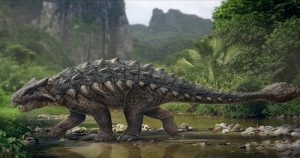
Unlike typical ankylosaurs, this fossil exhibits a unique characteristic where a series of spikes are fused to the creature’s rib instead of being connected to its skin, making it an unprecedented discovery in the realm of dinosaur paleontology. Ankylosaurs, akin to stegosaurs, were a varied group of armored dinosaurs that roamed the Earth during the Cretaceous period, spanning from 145 to 66 million years ago.

This remarkable finding, dating back to 168 million years, was made in the Middle Atlas Mountains of Morocco, the same location where the Natural History Museum (NHM) in London previously unearthed the oldest-known stegosaur.
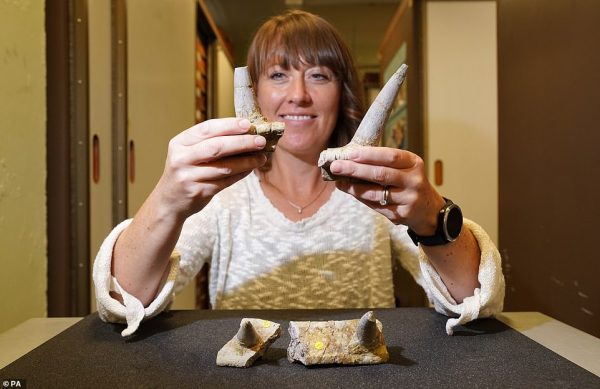
Named ‘Spicomellus afer’ by Dr. Susannah Maidment of the NHM, which translates to ‘collar of spikes’ and ‘Africa’, this newly identified dinosaur species challenges conventional understanding of ankylosaur morphology. Initial assumptions hinted at a potential stegosaur connection due to the site’s previous stegosaur discovery, but upon close examination, the distinctiveness of the fossil became apparent.
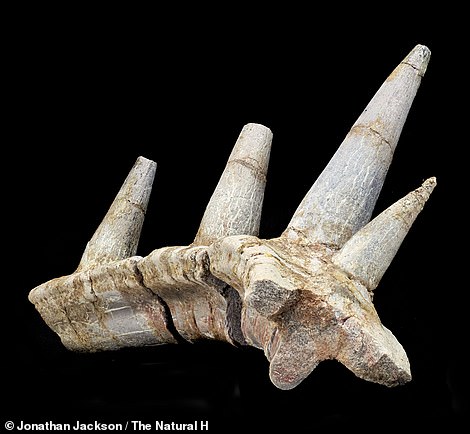
The specimen’s unorthodox features originally raised doubts about its authenticity, prompting thorough CT scans that confirmed its validity as a genuine dinosaur fossil. The cross-section of the fossil revealed a unique cross-hatch pattern in the bone, characteristic of ankylosaurs, further solidifying its classification.
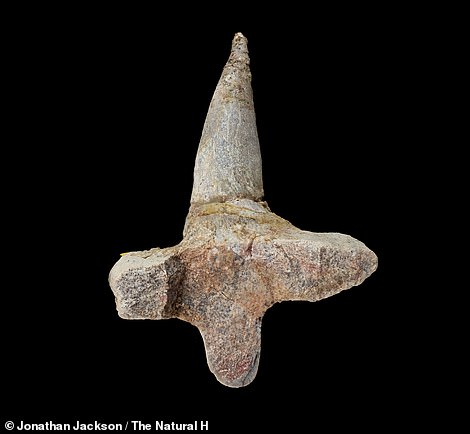
Described by Dr. Maidment as ‘completely unprecedented and unlike anything else in the animal kingdom,’ Spicomellus afer offers valuable insights into dinosaur evolution during the Middle Jurassic period. This discovery also sheds light on the global distribution of ankylosaurs, suggesting their presence across various regions rather than being confined to specific areas.
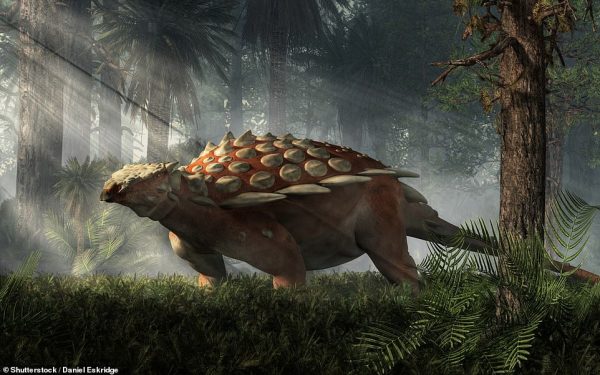
The coexistence of ankylosaurs and stegosaurs for over 20 million years challenges previous theories suggesting ankylosaurs outcompeted stegosaurs, potentially influencing their extinction through other means. This groundbreaking finding enriches our understanding of dinosaur diversity and evolution, emphasizing the significance of ongoing research and exploration in paleontology.

The fossil specimen, now curated at the NHM, signifies a crucial addition to the study of prehistoric creatures and highlights Morocco’s significance as a hub for dinosaur discoveries. Dr. Maidment’s hope to establish a vertebrate paleontology lab in collaboration with the University of Fez underscores the potential for future paleontological breakthroughs in the region.
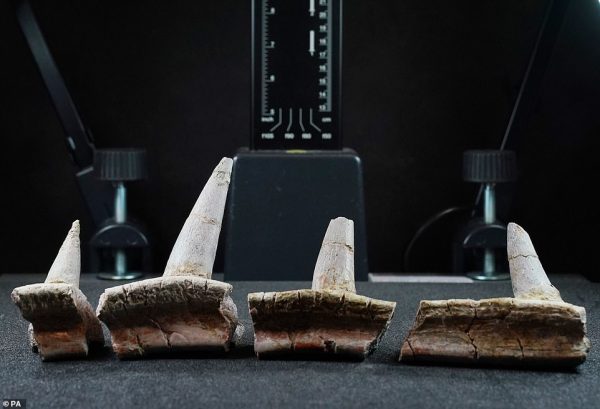
The study detailing this extraordinary discovery, titled ‘Bizarre dermal armor suggests the first African ankylosaur,’ has been published in the esteemed journal Nature Ecology & Evolution, marking a significant contribution to the field of paleontology.